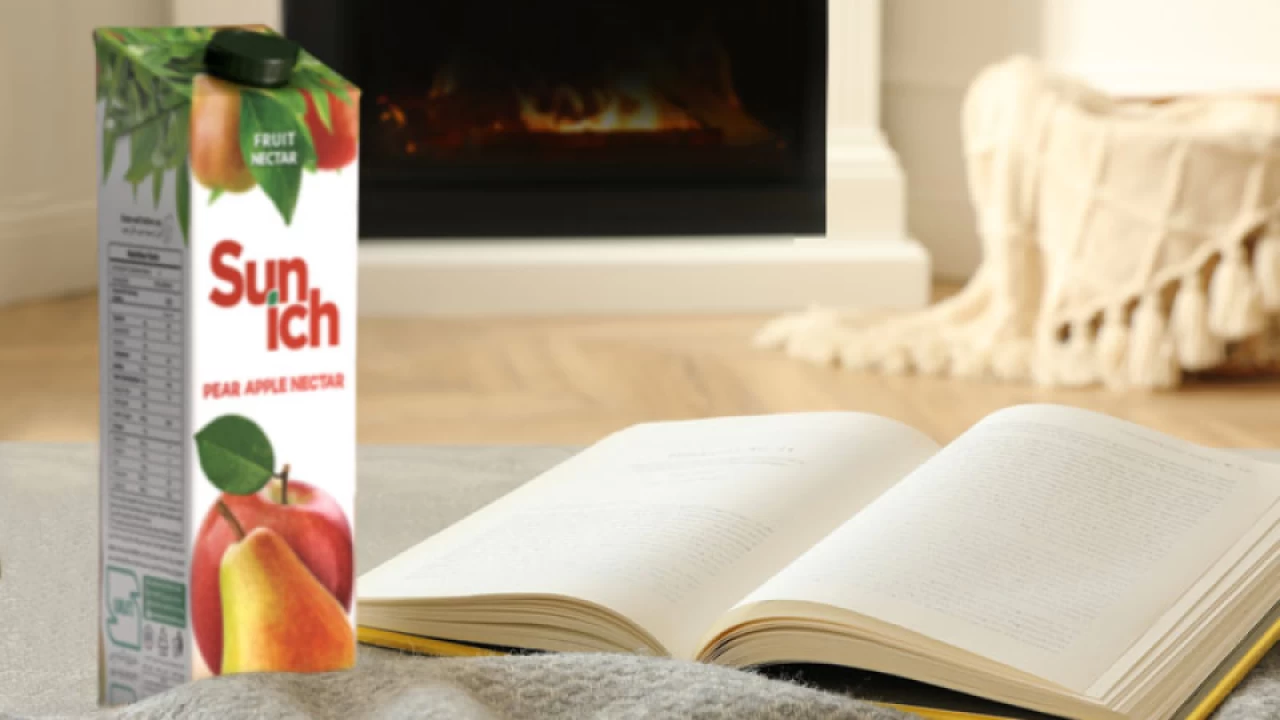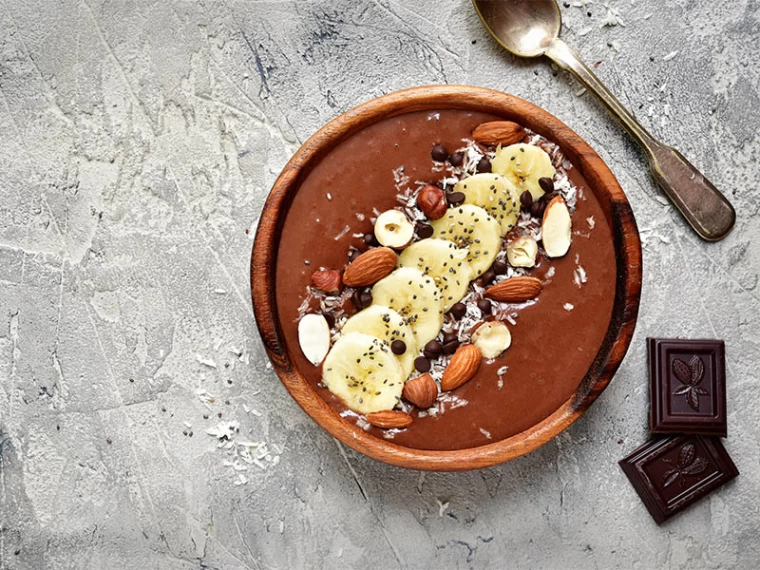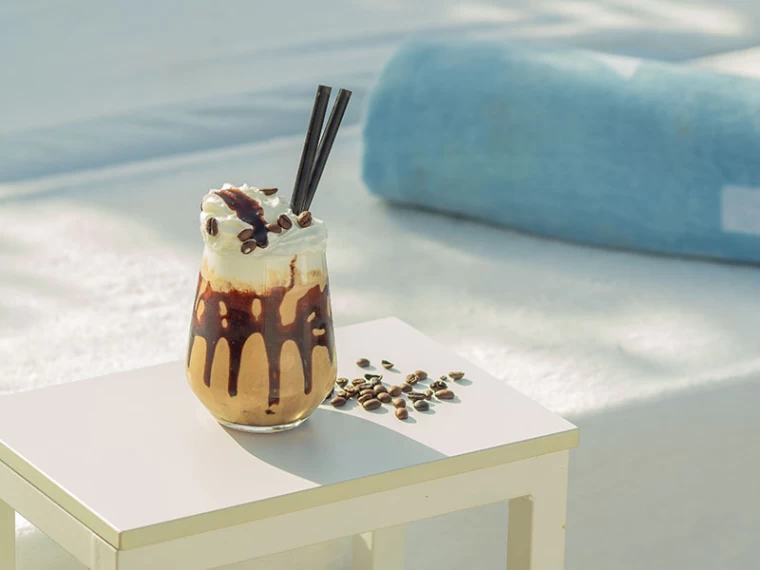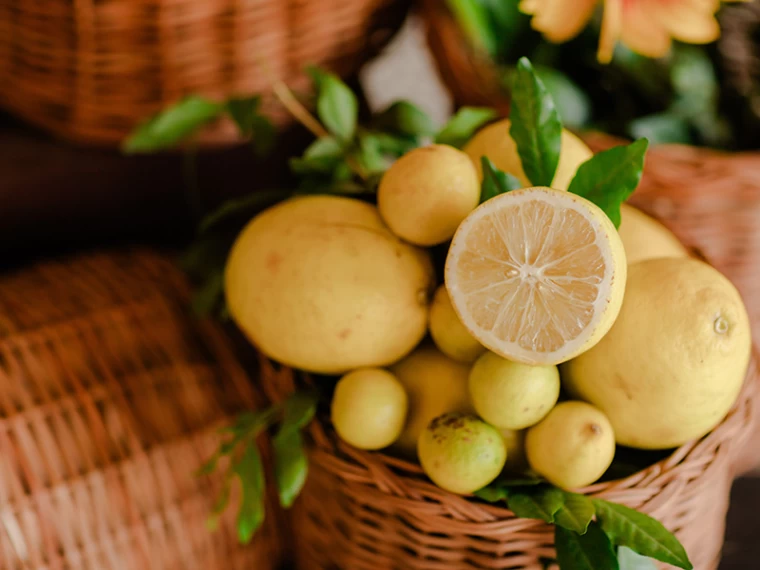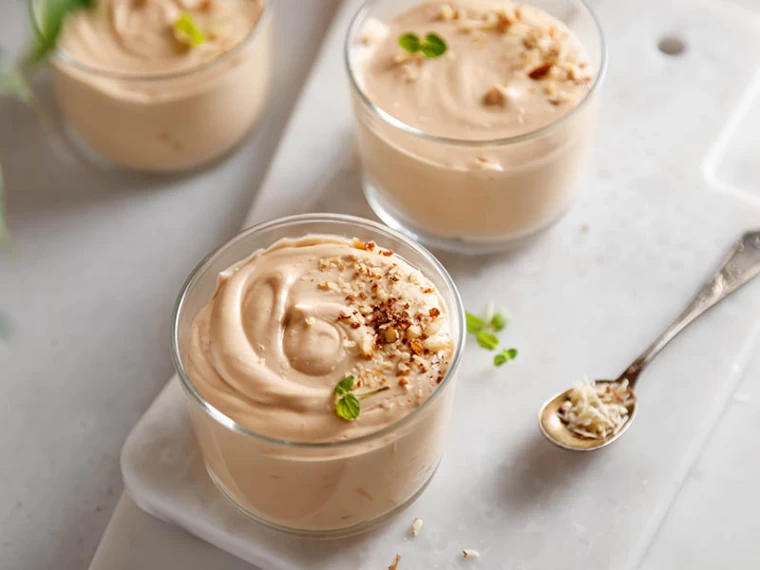Juice and beverage packaging is one of the most important aspects of bringing these products to the market. Proper packaging not only protects the quality and freshness of the product but also plays a role in visual appeal, convenience, and environmental impact. Today, a variety of packaging types are used for juices, each with its unique features and advantages. This article reviews five main types of packaging: PET bottles, metal cans, cartons (Tetra Pak), glass, and gallon containers. Additionally, the benefits of each type of packaging will be discussed.
- PET (Polyethylene Terephthalate) Packaging
Features and Benefits:
PET packaging is one of the most popular forms of packaging for juices. Made from lightweight and durable plastic, it offers high transparency, allowing consumers to see the contents. PET is resistant to impact, lighter than other options, and therefore easier to transport. It is also flexible, recyclable, and cost-effective, making it a favorite in the beverage industry. PET bottles typically have screw caps, adding to their user-friendliness. They are ideal for daily use and easy to store in refrigerators. The production and transport costs for PET bottles are lower than for glass or metal, which helps reduce the final product price for consumers.
Common Products:
PET bottles are widely used for juice packaging due to their lightness, transparency, and cost-effectiveness. Popular products in this category include orange nectar, mango, apple, and mixed beverages.
- Metal Cans
Features and Benefits:
Metal cans, made from aluminum or tin, are among the primary options for beverage packaging. They fully protect the product from light and oxygen, extending the shelf life. Metal cans cool down quickly, making them suitable for beverages best served cold. Additionally, they are 100% recyclable, making them environmentally friendly. Cans are lighter than glass, easier to transport, and less prone to breakage or leakage. Their modern and attractive design also makes them one of the best options for beverage marketing.
- Cartons (Tetra Pak)
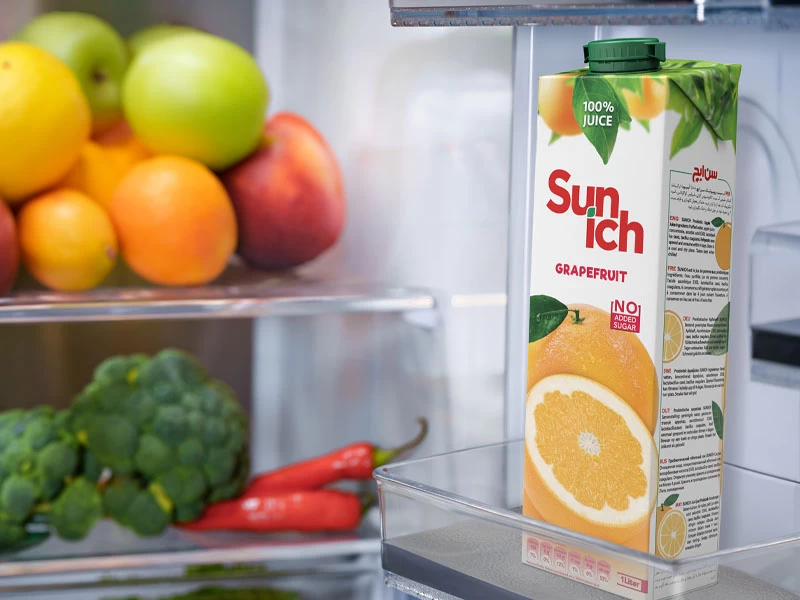
Features and Benefits:
Carton packaging, commonly known as Tetra Pak, is made from layers of paper, plastic, and aluminum. This multi-layer design prevents light and air infiltration, enhancing the product's shelf life. Tetra Pak containers are lightweight, compact, and ideal for transportation and storage. They are convenient for daily use by children and adults alike. The design ensures that consumers can utilize the contents completely. Many Tetra Pak packages are made from recycled materials, making them a more sustainable and eco-friendly option.
- Glass Packaging
Features and Benefits:
Glass packaging is one of the oldest and highest-quality options for beverages. It is non-reactive with liquids and prevents flavor changes, making it suitable for natural and healthy drinks. Glass is entirely impervious to oxygen, moisture, and contaminants. From an environmental perspective, glass is one of the most sustainable options as it is easily recyclable and reusable. This packaging is often used for premium products, conveying a sense of authenticity and high quality. However, the weight and higher production cost of glass might push consumers toward lighter alternatives like PET or Tetra Pak.
- Gallon Containers
Features and Benefits:
Gallon containers are well-suited for family and industrial use. Usually made of compressed plastic, they are cost-effective due to their high capacity. Gallons produce less waste compared to smaller bottles and are ideal for high-volume beverage consumption. They are durable, easy to transport and store, and typically equipped with user-friendly caps. Using gallon containers minimizes the need for smaller packaging and optimizes costs. This packaging type is especially popular in workplaces, restaurants, and industrial settings.
Comparison Table of Juice and Beverage Packaging Types:
|
Production Cost |
Recyclability |
Weight |
Shelf Life |
Packaging Type |
|
Low |
Yes |
Light |
Medium |
PET (Plastic) |
|
Medium |
Yes |
Medium |
High |
Metal Can |
|
Medium |
Yes |
Light |
High |
Tetra Pak |
|
High |
Yes |
Heavy |
Very High |
Glass |
|
Medium |
Yes |
Heavy |
High |
Gallon |
Summary:
Juice packaging significantly impacts the product's shelf life, quality, and ease of use. The choice of packaging depends on consumer needs, transportation conditions, and desired shelf life. PET bottles, metal cans, cartons, glass, and gallon containers each have unique advantages, making them suitable for different applications.
FAQs:
- Are PET packages safe?
Yes, PET packaging is completely safe for food industries and complies with health standards.
- Which packaging type ensures the longest shelf life?
Metal cans and glass packaging offer the longest shelf life.
- Which packaging type is the most recyclable?
Metal cans, glass, and Tetra Pak are the most recyclable options.

